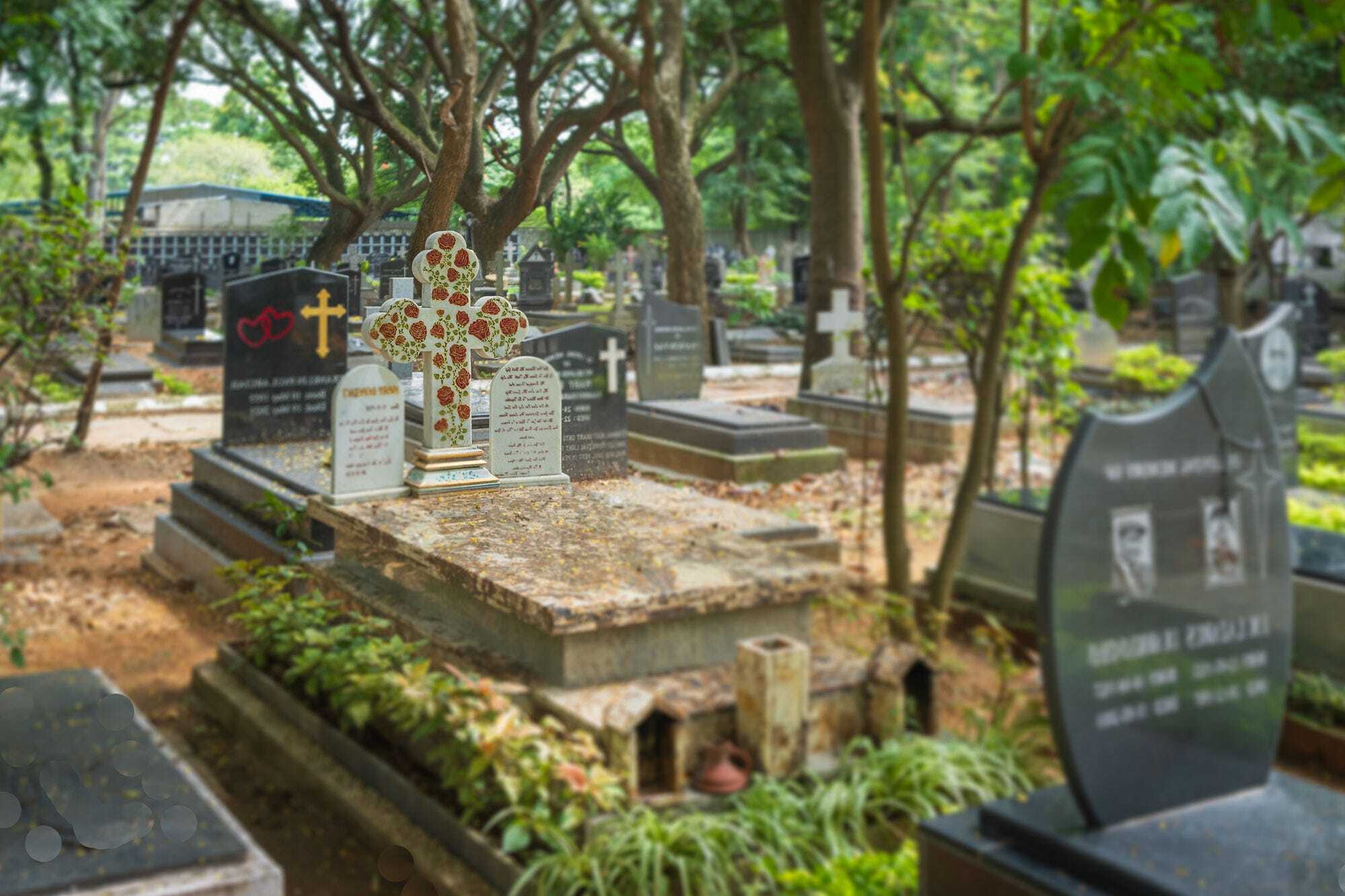
Christian cemeteries hold a wealth of history and tradition. Ever wondered why these burial grounds are so significant? Christian cemeteries serve as sacred spaces where the faithful rest in peace, reflecting centuries-old customs and beliefs. They often feature symbols like crosses, angels, and biblical inscriptions, each telling a unique story. These cemeteries can be found worldwide, from grand cathedrals to humble churchyards. Did you know that some Christian cemeteries even have specific sections for different denominations? Whether you're a history buff or just curious, exploring the facts about Christian cemeteries can offer a deeper understanding of faith, culture, and community.
Origins of Christian Cemeteries
Christian cemeteries have a rich history that dates back to ancient times. These burial grounds reflect cultural, religious, and historical significance.
- Early Christians often buried their dead in catacombs beneath cities like Rome. These underground burial sites were safe from persecution.
- The word "cemetery" comes from the Greek word "koimeterion," meaning "sleeping place." This reflects the Christian belief in the resurrection.
- Christian cemeteries began to appear above ground around the 4th century when Christianity became the Roman Empire's official religion.
Symbolism in Christian Cemeteries
Christian cemeteries are filled with symbols that convey messages of faith, hope, and eternal life.
- Crosses are the most common symbol found in Christian cemeteries, representing Jesus Christ's sacrifice and resurrection.
- Angels are often depicted on gravestones, symbolizing protection and guidance for the deceased's soul.
- The fish symbol, or "Ichthys," can be found on some graves, representing early Christians and their faith.
Unique Features of Christian Cemeteries
Christian cemeteries have distinct features that set them apart from other burial grounds.
- Many Christian cemeteries have a central chapel or church where funeral services are held.
- Headstones in Christian cemeteries often include Bible verses or religious inscriptions, offering comfort to the living.
- Some Christian cemeteries have designated areas for specific denominations, reflecting the diversity within Christianity.
Historical Christian Cemeteries
Several Christian cemeteries around the world hold significant historical value.
- The Catacombs of Rome are among the oldest Christian burial sites, dating back to the 2nd century.
- Père Lachaise Cemetery in Paris, though not exclusively Christian, contains many graves of notable Christians, including writers and artists.
- Arlington National Cemetery in the United States, while a military cemetery, has sections dedicated to Christian soldiers.
Modern Practices in Christian Cemeteries
Modern Christian cemeteries continue to evolve, incorporating new practices while maintaining traditional values.
- Green burials, which focus on environmentally friendly practices, are becoming more common in Christian cemeteries.
- Some Christian cemeteries now offer columbariums, structures for storing cremated remains, reflecting changing attitudes toward cremation.
- Digital memorials are emerging, allowing loved ones to create online tributes and share memories of the deceased.
Cultural Impact of Christian Cemeteries
Christian cemeteries have influenced art, literature, and culture in various ways.
- Many famous works of literature, such as "Wuthering Heights" and "Great Expectations," feature scenes set in Christian cemeteries.
- Christian cemeteries often serve as historical records, providing insights into the lives and beliefs of past generations.
Final Thoughts on Christian Cemeteries
Christian cemeteries hold a wealth of history and culture. They offer a glimpse into the past, showcasing architectural styles, religious symbols, and even societal norms of different eras. From the intricate carvings on headstones to the layout of the burial plots, each element tells a story. These resting places also serve as a reminder of the beliefs and traditions that have shaped communities over centuries. Visiting a Christian cemetery can be a reflective experience, providing a sense of connection to those who came before us. Whether you're a history buff, a genealogy enthusiast, or simply curious, exploring these sacred grounds can be both educational and moving. So next time you pass by a cemetery, take a moment to appreciate the stories etched in stone and the rich heritage they represent.
Was this page helpful?
Our commitment to delivering trustworthy and engaging content is at the heart of what we do. Each fact on our site is contributed by real users like you, bringing a wealth of diverse insights and information. To ensure the highest standards of accuracy and reliability, our dedicated editors meticulously review each submission. This process guarantees that the facts we share are not only fascinating but also credible. Trust in our commitment to quality and authenticity as you explore and learn with us.


